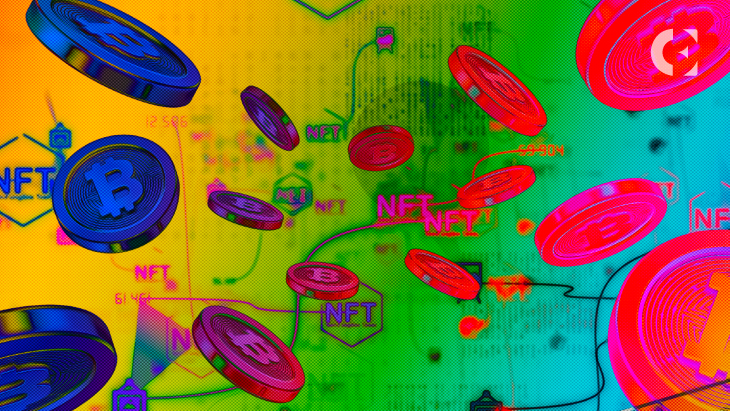- Casey Rodarmor launched the NFT protocol, Ordinals to the Bitcoin mainnet.
- The launch created debate among the crypto aspirants having opposite views of the goodness of the protocol.
- While Dan Held talked about the financial use cases of the protocol, Adam Black, called it stupidity.
The recent launch of the Non-Fungible Token (NFT) called the Ordinals, introduced on the Bitcoin mainnet has created controversies in the community regarding the goodness of the protocol.
The software developer, Casey Rodarmor, shared a blog post last week, announcing the official launch of the protocol.
However, the launch brought back an age-old debate on the necessity of using Bitcoin for non-financial purposes. Currently, there are many crypto aspirants emerging with different opinions: some argue that the protocol offers more financial use cases for BTC. However, some crypto enthusiasts also say that the NFT would take Bitcoin beyond the view of Satoshi Nakamoto, the blockchain’s founder, as a peer-to-peer cash system.
Notably, the Bitcoin educator and marketing advisor, Dan Held, one among the enthusiasts who shared his views on the financial use cases of Bitcoin, which “drives more demand for block space.”
In contrast, some others were against the introduction of the meme culture into the Bitcoin ecosystem. For instance, Adam Black, the Blockstream CEO and Bitcoin core developer described the introduction as “stupidity.”
Notably, after the launch of the protocol, Rodarmor updated his Twitter account by providing the details of the new NFT.
Inscriptions are like NFTs but are true digital artifacts: decentralized, immutable, always on-chain, and native to Bitcoin.
Significantly, Rodarmor said that the protocol makes use of “inscriptions” or other arbitrary contents like text or images which would be added to the sequentially numbered satoshis or “sats”, the smallest units in BTC, thereby creating unique “digital artifacts.” The community could hold and send these artifacts across the bitcoin system just like the sats.
Disclaimer: The information presented in this article is for informational and educational purposes only. The article does not constitute financial advice or advice of any kind. Coin Edition is not responsible for any losses incurred as a result of the utilization of content, products, or services mentioned. Readers are advised to exercise caution before taking any action related to the company.










